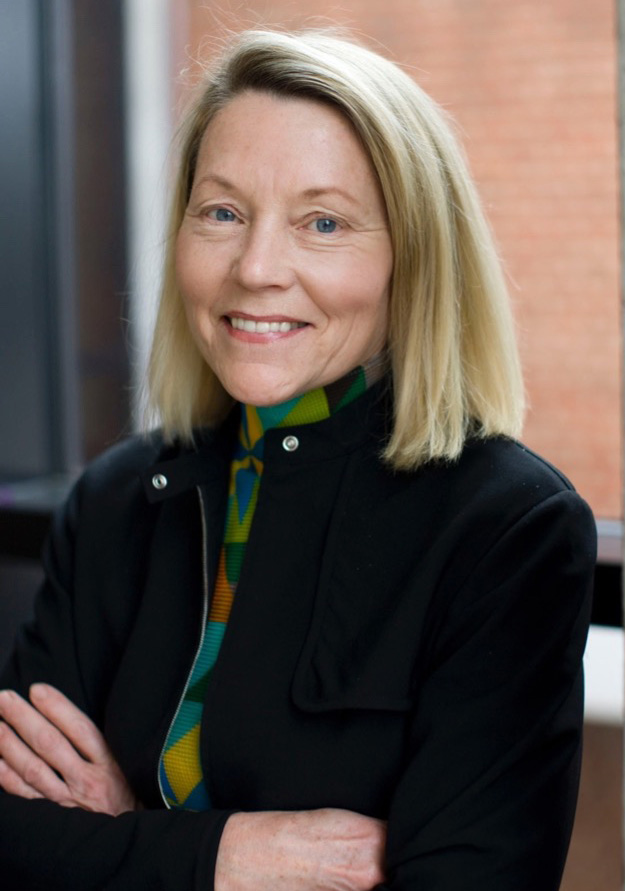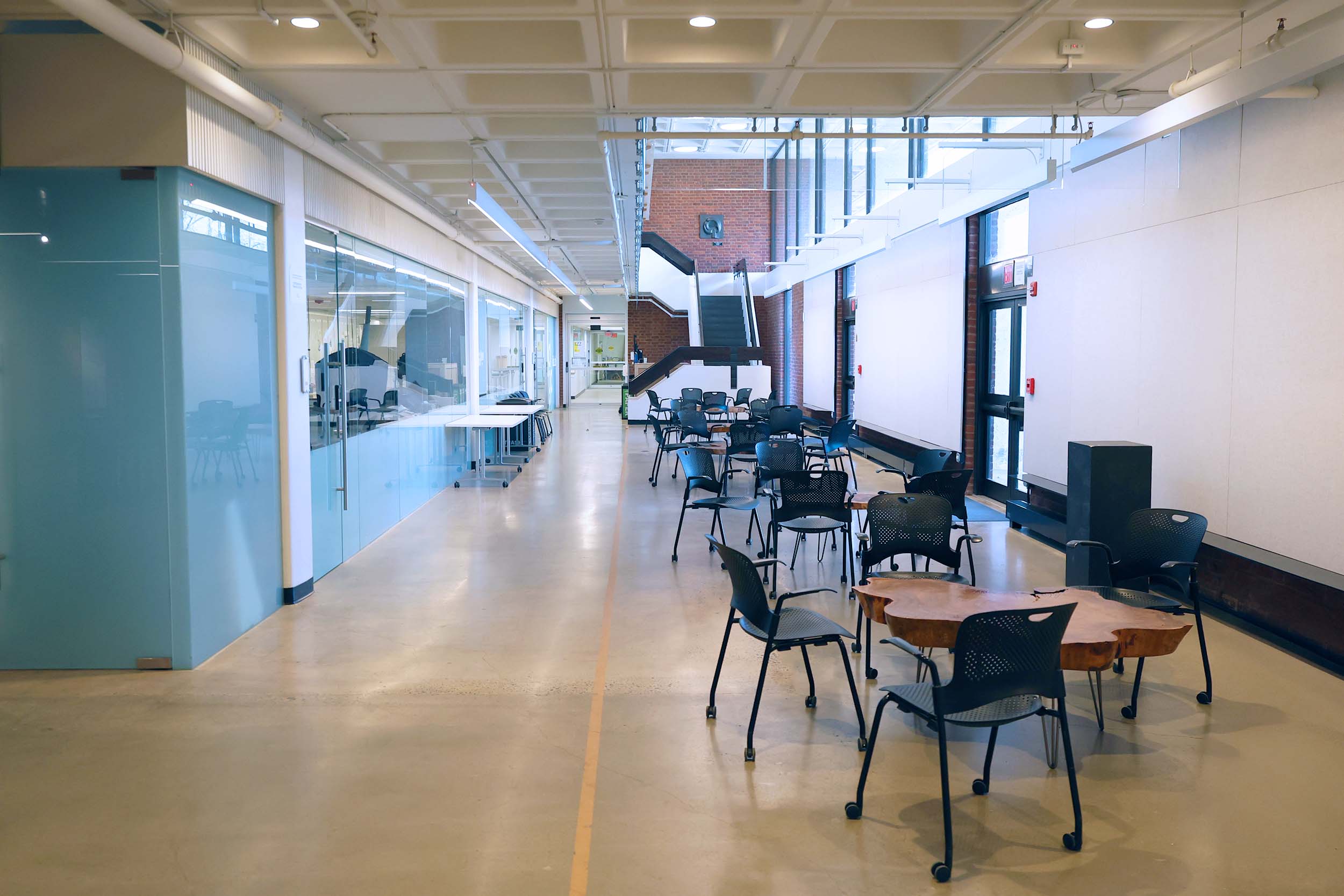The lobby at the north entrance of University of Virginia School of Architecture’s Campbell Hall, where faculty, staff and students often meet, now has a name.
School officials will soon christen the space the Van Lengen Lobby to honor Karen Van Lengen, the William Kenan Professor of Architecture and the school’s dean from 1999 to 2009. Van Lengen is stepping down from the faculty after 26 years at the school to continue leading her design practice and focusing on her groundbreaking work in sound and architecture.

Van Lengen, the William Kenan Professor of Architecture, will continue to lead her design practice focusing on groundbreaking work in sound and architecture. (University Communications photo)
“This is a space that operates as a nexus for our school and is a place where we gather and build community together, both formally and informally,” Malo A. Hutson, the school’s current dean, said. “In this way, the newly named Van Lengen Lobby marks Karen’s remarkable ability to lead by bringing people together across shared vision and collaborative action.”
A New York City architect, Van Lengen came to UVA to serve as the school’s first female dean. She oversaw numerous curricular advancements during her decade as dean, building on the school’s established reputation. Working with the Institute for Practical Ethics, she initiated the schoolwide conversation on the relationship between ethics and aesthetics that became part of her “Campbell Constructions” program.
The initiative resulted in faculty creating nearly a dozen new additions and renovations to Campbell Hall. The transformations produced a new environment for the school in which interdisciplinary studies could formally and informally flourish.
One of her last acts as dean was to establish the Fabrication Lab, which has grown into a transformative resource for students and faculty.
“Not only did we use our own family to make our own space, but we did it in a way that is not about image,” Van Lengen said in a November 2008 article for Architect magazine. “It’s about how we live together and develop more dialogue, more innovation and more opportunities.”
During her two terms as dean, Van Lengen tripled the school’s endowment and raised funds for the building additions while facing significant reductions in state resources. She reconstructed the school’s advisory board and created the school’s foundation board, both of which have provided extraordinary opportunities for alumni-student relationships while also building effective resources for the school’s future.
Van Lengen also founded “Women’s Work,” a monthly lunch program that supported and sponsored the research work of women faculty on Grounds. The successful decadelong program created an informal University network for women faculty.
In 2010, she was awarded the Elizabeth Zintl Leadership Award from UVA’s Maxine Platzer Lynn Women’s Center. Van Lengen and Dr. R. Ariel Gomez, a School of Medicine researcher, founded a pan-University initiative to promote ecological studies across Grounds that has flourished for 15 years.
That initiative promoted the preservation and study of the many landscapes found on the nearly 7,500-acre Morven property in Albemarle County, which was donated to UVA in 2001.










